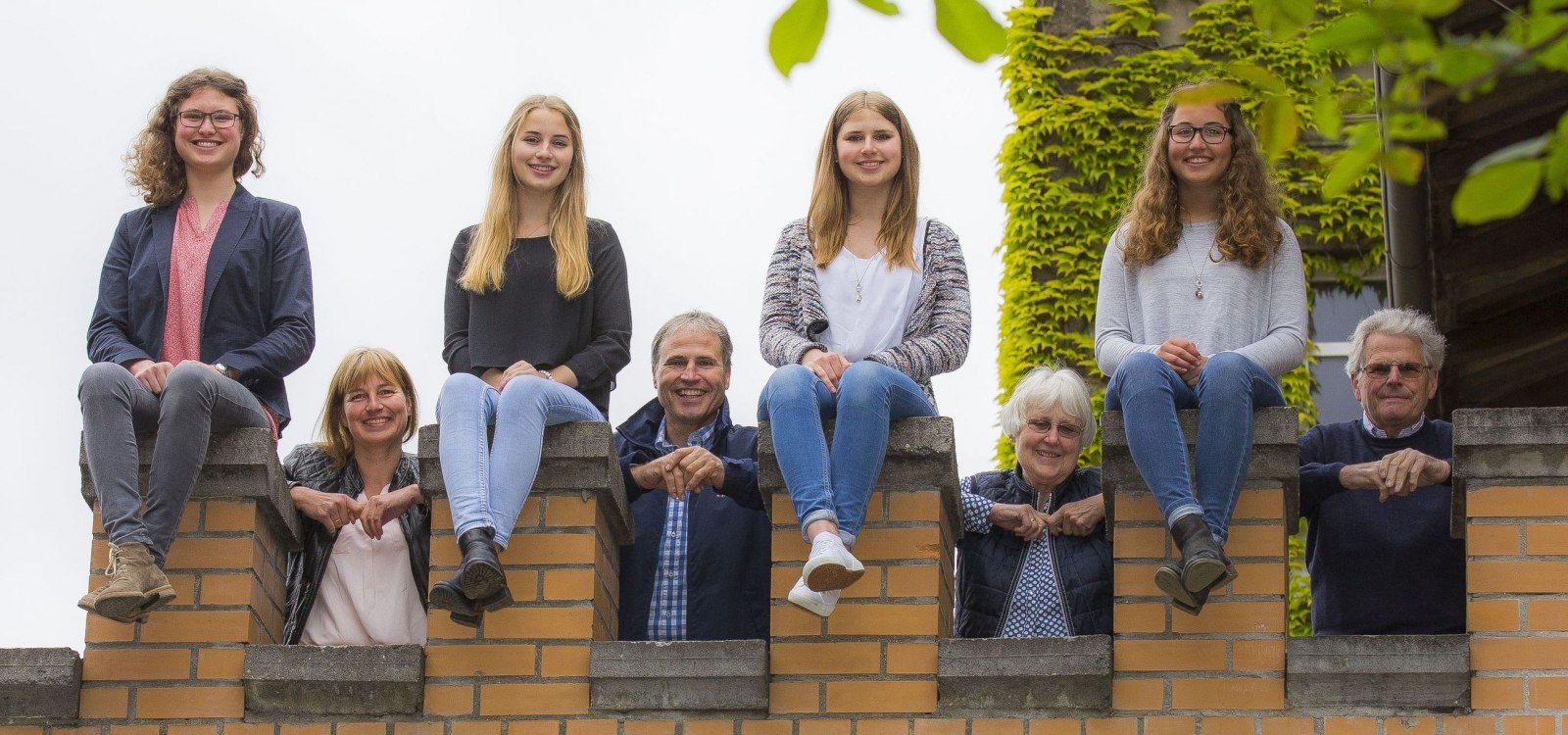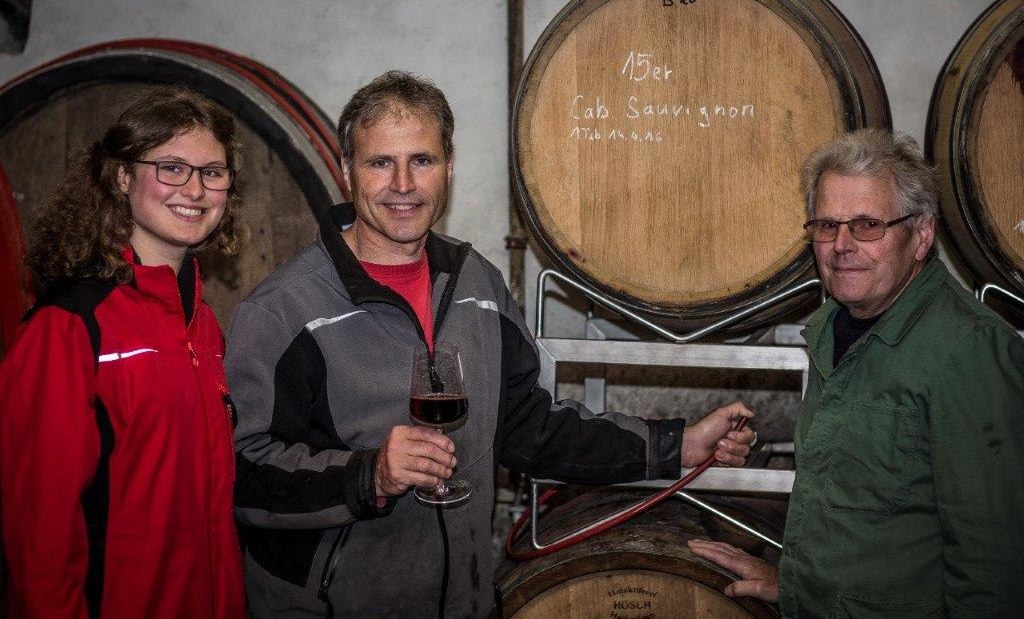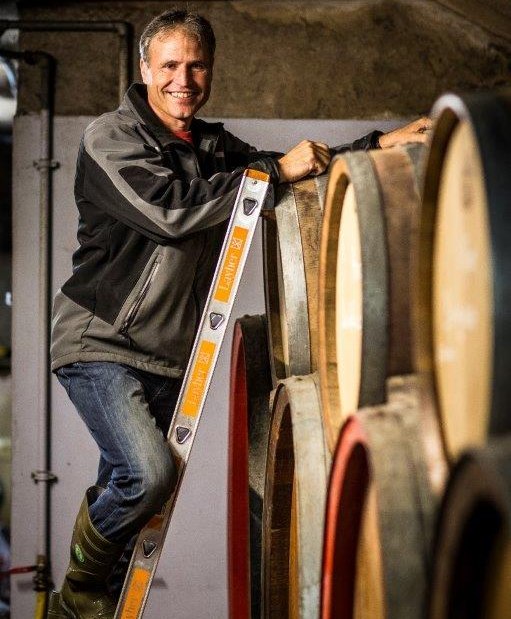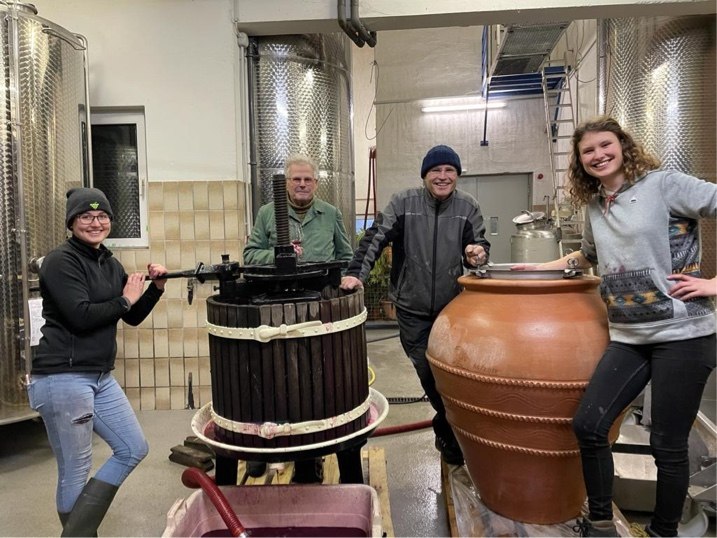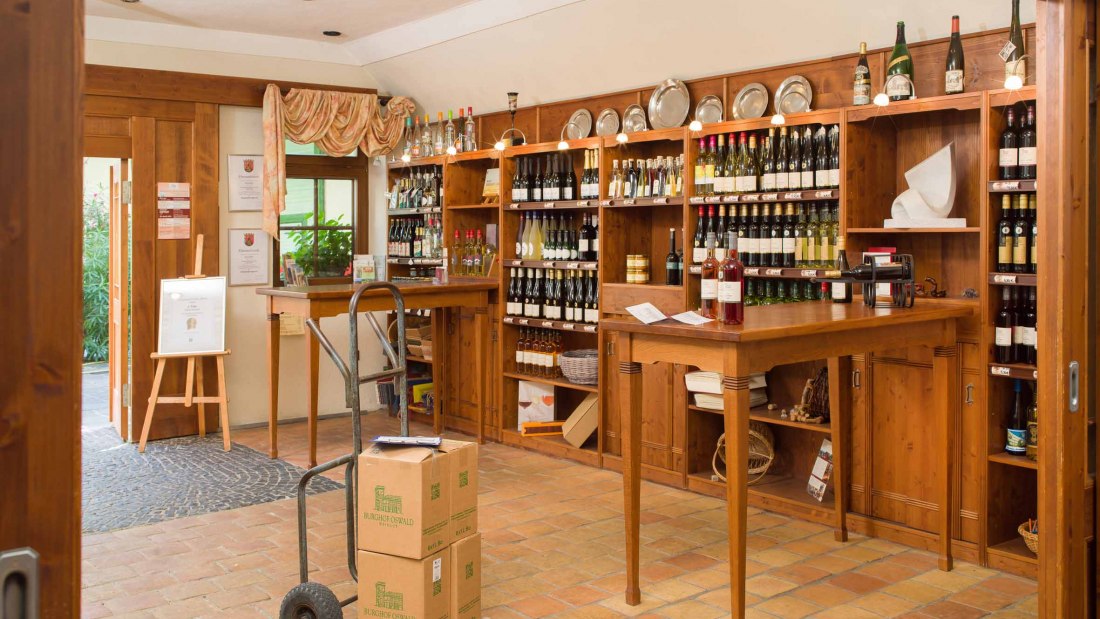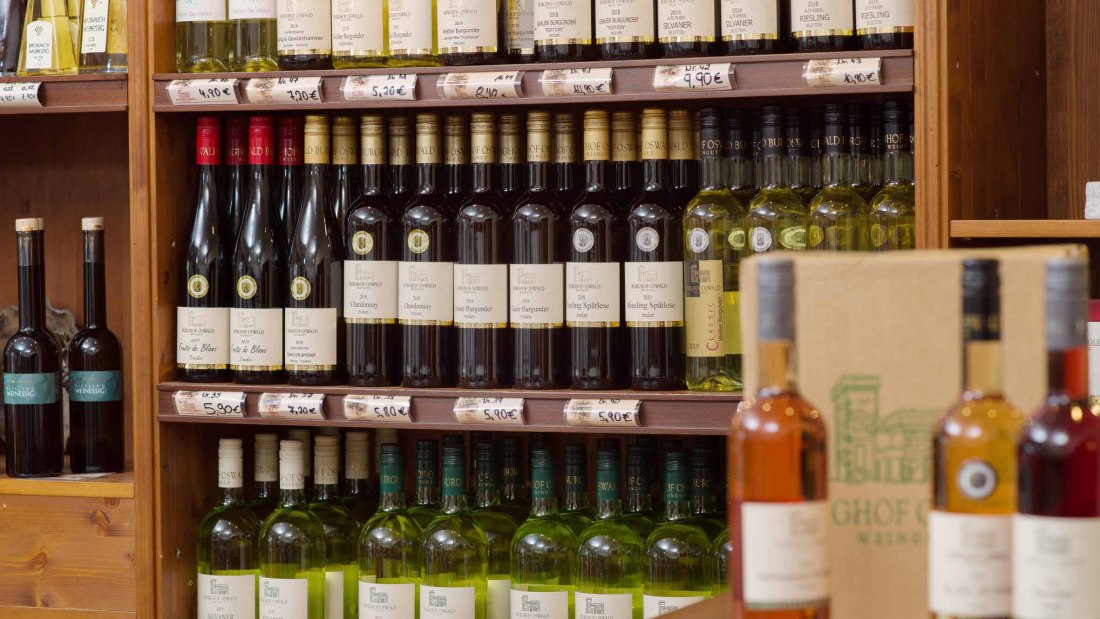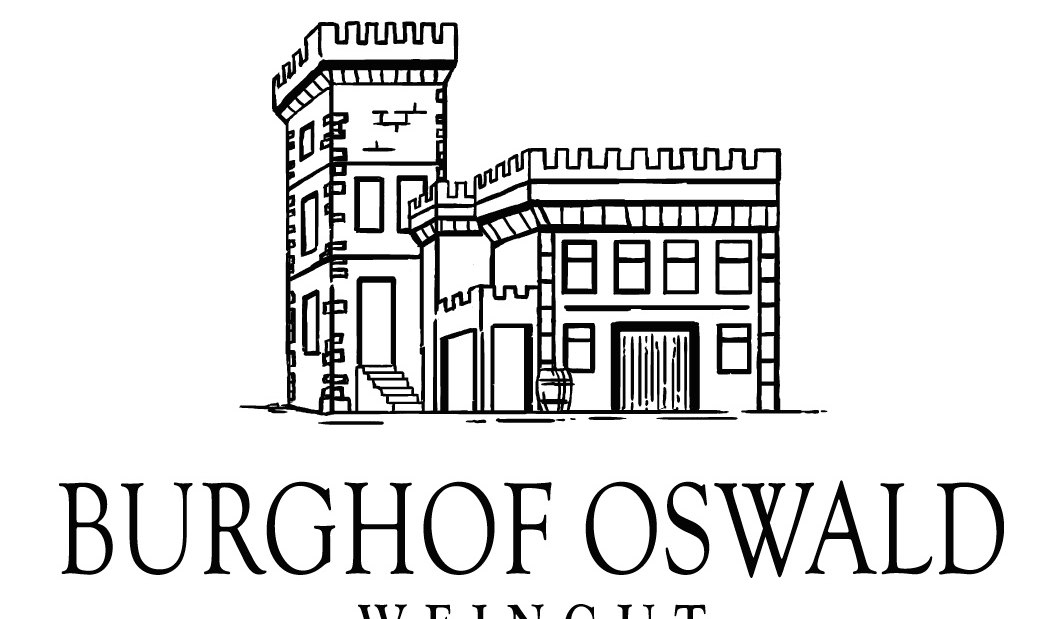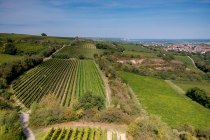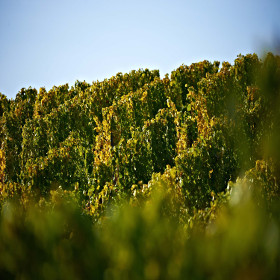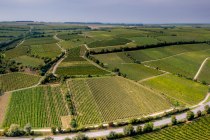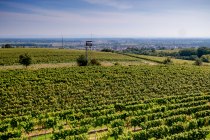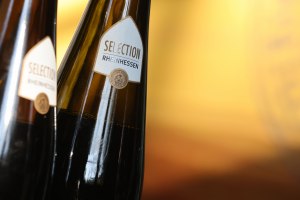Winery Burghof Oswald
The traditional winery is located in the middle of Guntersblum. At present, three generations live in the old Frankish courtyards with their striking tower. Head of winery Fred Oswald cultivates 20 hectares of vineyards. The vineyards on the Rheinterrasse are mainly planted with classic grape varieties: Silvaner, Riesling, Müller-Thurgau and Pinot are the main varieties. To excite the natural aroma potential of the grapes, he takes the winery the risk of late harvest and reduces the yield. The vinification and the aging of the wines takes place both traditionally in large oak barrels with the red wine, as well as in most modern cellar technology in stainless steel with the white wine.

